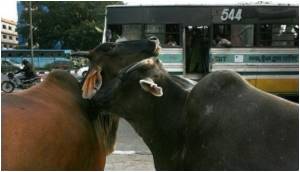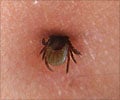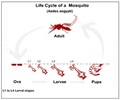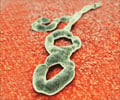Q: Which specialist doctor should be consulted for Congo Fever?
A: You should see a general physician or an internist or a family physician or an Infectious disease specialist.
Q: What are the possible sources of infection of Congo Fever ?
A: Congo fever or CCHF occurs by contact with infectious blood, body fluids, due to improper sterilization of medical instruments, reuse of injection needles, and contamination of medical supplies.
Q: Who are the people who are at the most risk to get Congo fever?
A: The majority of cases occur among those who work in livestock industry, such as agricultural workers, slaughterhouse workers and veterinarians.
Q: If I am exposed to blood or tissue of Congo fever patient what precautions are required?
A: You should take daily temperature for at least 2 weeks to ensure that you are not likely to get the fever.
Q: Can death occur from Congo Fever?
A: Yes it has been reported in 9% to as high as 50% of the cases but early diagnosis and proper treatment can lower this rate. Treatment should include fluid and electrolyte balance, oxygen and antibiotics for secondary infections. Antiviral drug ribavirin should be started as soon as the diagnosis is established.
Q: Is there a Vaccine for Congo Fever prevention?
A: No vaccine has so far been developed.
Q: Which type of ticks is responsible for Congo fever?
A: Prof. Bob Swanepoel of the National Institute for Virology in Johannesburg a pioneer in the research of Congo fever says- "The world distribution of CCHF virus coincides pretty well with the distribution of Hyalomma ticks (Africa, eastern Europe and Asia). Locally, Hyalomma species are called "bontpootluise". "Bont" means multicolored or variegated, and refers to the reddish-brown and white bands on the legs of ticks of the genus Hyalomma.” Other ticks can transmit, but this is rare.













